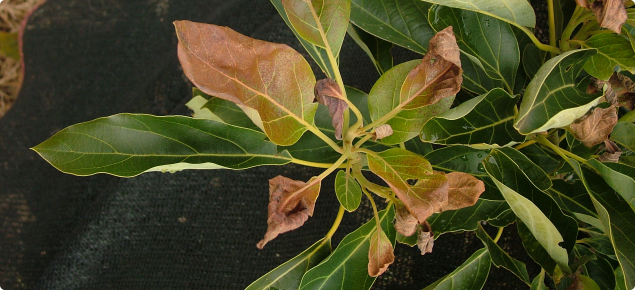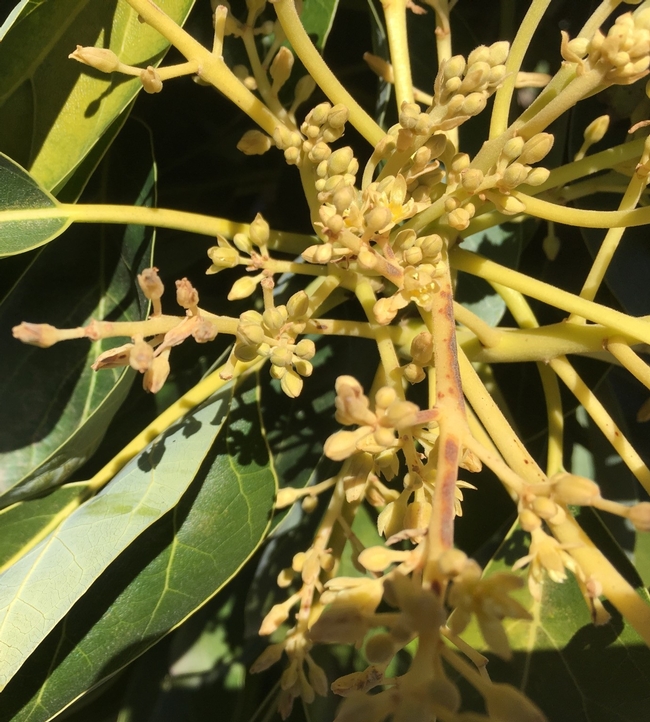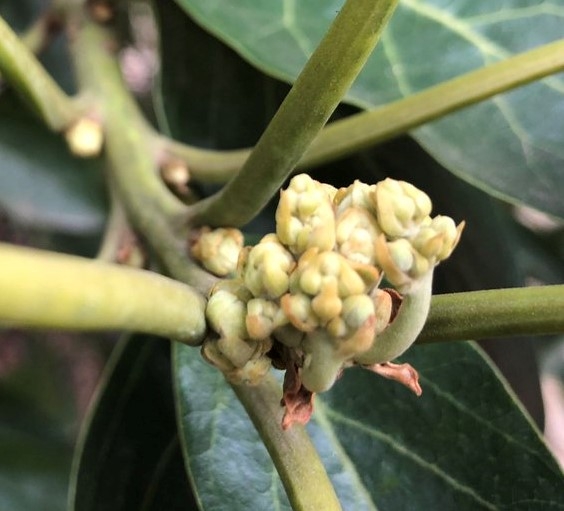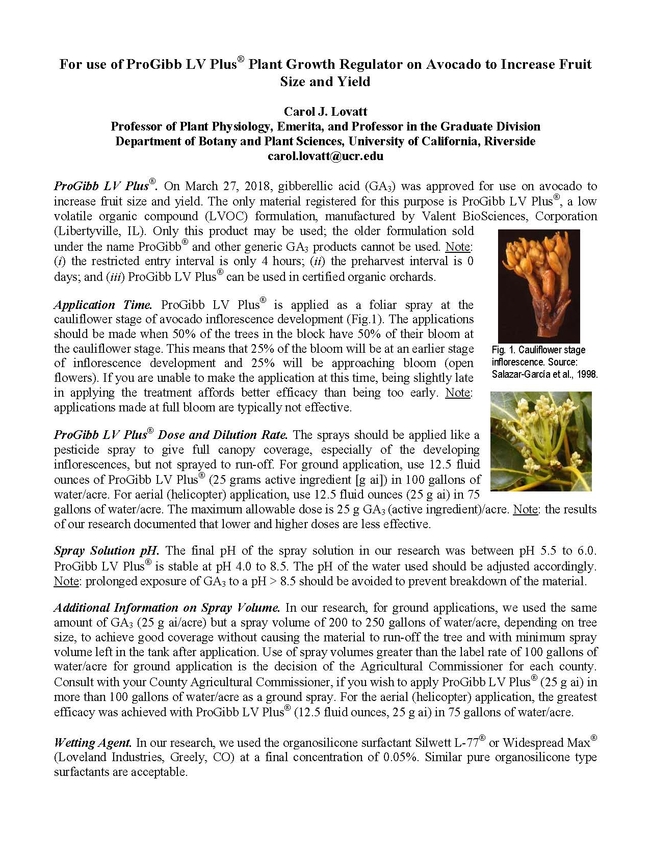- Author: Ben Faber
You wanted to know all about Frost, well it's all here. Emeritus Rick Snyder put it together over the years and it's at your finger tips.
English Frost Protection Training Units (videos)
Spanish Frost Protection Training Units (videos)
When to Turn Sprinklers On and Off for Frost Protection
FP001 Quick Answer—This quick answer provides information on using a psychrometer or temperature and dew point data to determine when to start and start sprinklers for frost protection.
Predicting Temperature Trends during Freeze Nights
FP002 Quick Answer—This quick answer gives a method for predicting the change in
temperature during a calm, radiation freeze night.
A Simple Method to Measure the Dew Point Temperature
FP003 Quick Answer—This quick answer provides information on how to measure the dew point for use in estimating minimum temperature and for starting and stopping
sprinklers for frost protection.
Sprinkler Application Rates for Freeze Protection
FP004 Quick Answer—This quick answer provides information on the sprinkler
application (precipitation) rates needed to protect crops from freezing.
Principles of Frost Protection
Frost Protection Training Units (videos) on measuring temperature, frost protection with water, frost protection with wind machines, and passive protection. Traning units are availble in English and Spanish .
FP005 Quick Answer—This quick answer provides information on the general principles of well-known frost protection methods. A PDF file of the WEB page can be uploaded from this Quick Answer. In addition, a shorter version is available.
Programs for Estimating Frost Night Minimum Temperatures and Temperature Trends (new 7 Mar 2007)
The FFST Excel application programs FFST_E.xls and FFST_M.xls are available from this link. The FFST application helps users to determine an empirical equation for estimating minimum temperatures during radiation frost nights. Note that the program will provide good estimates if there is little or no wind, no significant cold air drainage, and no clouds.
The FTrend Excel application programs FTrend_E.xls and FTrend_M.xls are available from this link. The FTrend application program is used for estimating changes in air and wet-bulb temperatures during a frost night. The application is useful for predicting when to start sprinklers for frost protection and for other methods as well.
Estimating Risk of Frost Damage from Climate Data (new 8 Jul 2006)
One of the programs included with the book Frost protection: fundamentals, practice, and economics. Volume 2, which is available from the UN FAO is the Frisk program. Information on how to obtain the book is presented above on this web page. Based on reader feedback, some improvements have been made to the Frisk application since the book was published. Updated versions of the application are made available to the public here. The Frisk program is an MS Excel application that is designed to help growers to make decisions on the risk of frost damage in a particular location. The user inputs the local climate data and a critical damage temperature, and the application computes the probability of temperature falling below the critical temperature on each day of the year. These data are then used to estimate the length of the growing season relative to the critical temperature by presenting a graph of the probability that the growing season will be less than a specific number of days. The application also computes the certainty that no air temperature will fall below the critical damage temperature after a selected date in the spring or before a selected date in the fall for design periods of 5, 10, …, 30 years. This certainty of no events is equivalent to the risk of having one or more events during the same time period. Although Celsius temperature was used in the example application programs, the program works equally well using Fahrenheit temperature. To obtain a copy of the application, click on FriskNH.xls for the northern hemisphere or FriskSH.xls for the southern hemisphere. Note that metric units were used in the Frisk application sample data.
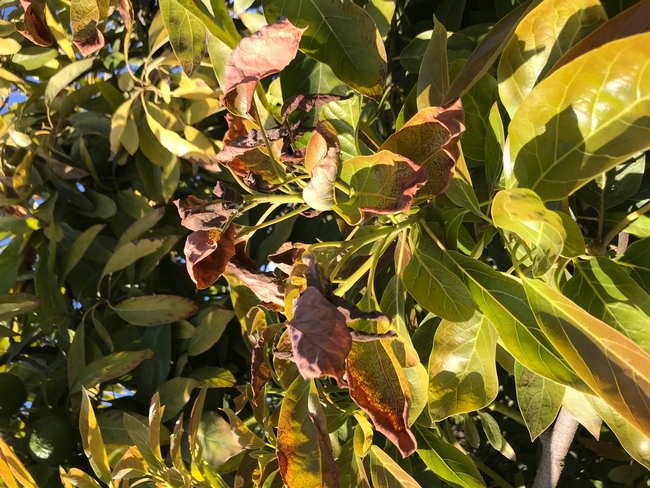
- Author: Ben Faber
Avocados in some parts of coastal California have been blooming. Some of them got hit by the cold weather in the first part of February. In the coldest areas there was a little bit of new leaf damage, but this has been minimal.
Some browning of some flowers and stems (pedicels - the little stalks the connect the flowers to the larger raceme/panicle) may have occurred, but I haven't heard of major flower damage.
It's early days for flowering, though, and most ‘Hass' trees are not very far along, but seem like they area about to burst. A recent visit on a 40 acre farm in Saticoy had trees in a whole range of stages, some with no flowers pushing, some with panicles just starting to open individual flowers and many trees on their north sides' completely quiet. Many are still just pushing into the cauliflower stage,
which is the ideal time is for applying Pro-Gibb to improve fruit set in healthy orchards.
Application time is when 50% of the trees in the block have 50% of their bloom in the cauliflower stage. This is a judgment call when there can be such huge variation in bloom across and orchard. It's going to be a best estimate call for when to do the application. As usual with a new technology/practice don't apply to the whole orchard so that you can see whether the application is warranted.
For a more detailed discussion of gibb application, read Carol Lovatt's article:


